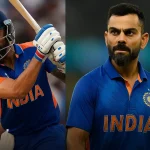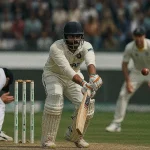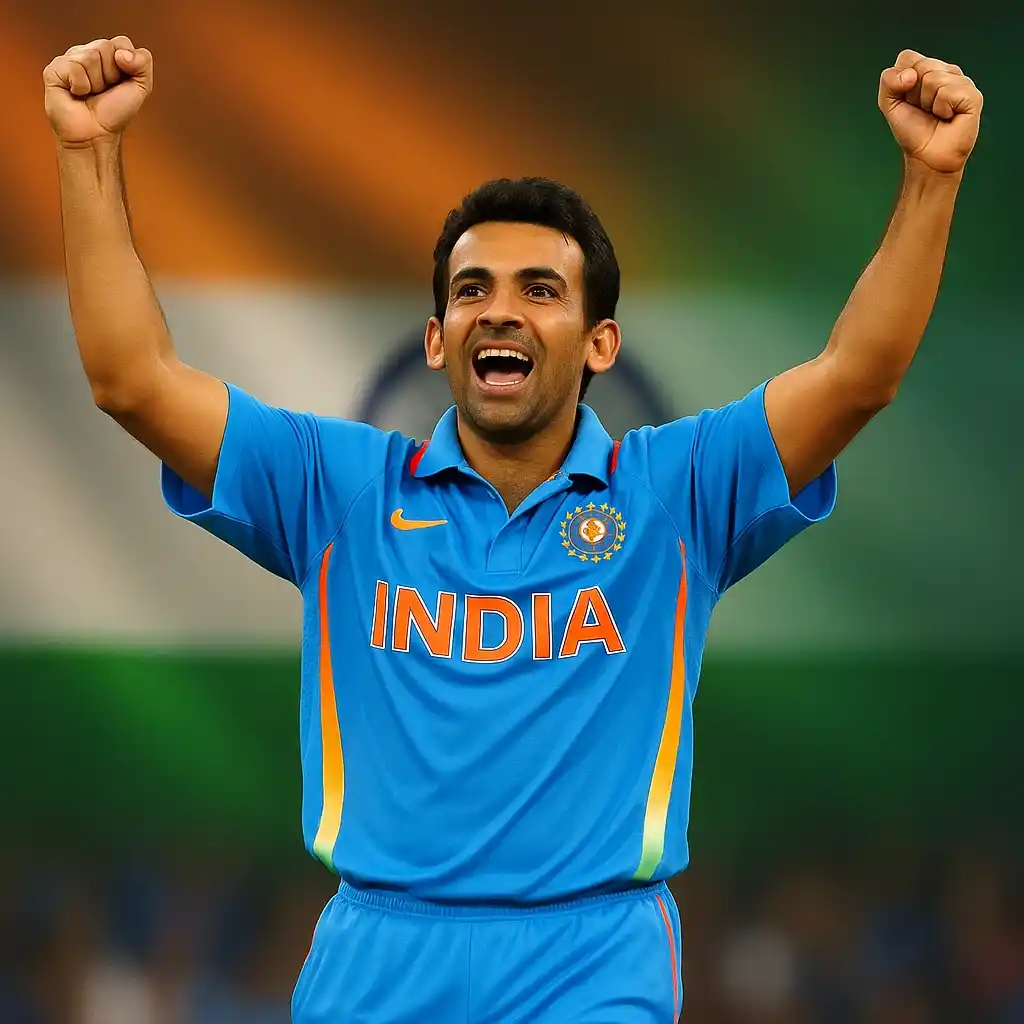
There’s something inherently disruptive about left arm fast bowlers. Maybe it’s the angle — different, unfamiliar, messing with muscle memory that’s trained for right-handed threats. Maybe it’s the history — the legends of Wasim, Starc, Zaheer — all of them showing that left-arm quicks weren’t just an alternate option, but often the defining weapon. From swinging it late under lights to firing in toe-crushers at 90 mph, left-armers have turned into cricket’s wildcards. Not novelty acts — game changers.
Unnatural Angles, Unmatched Problems
Ask any seasoned batter what throws them off rhythm, and chances are a left-arm quick with early swing and a decent bouncer will come up. Why? Because the trajectory pulls them across, away from their strong lines. The natural angle of a left-arm seamer forces right-handers into indecision — play or leave? shuffle across or hold the line? Add seam movement, and it’s no longer a reaction — it’s survival. That’s why captains keep one in the squad even when conditions don’t suit: for the matchups, the early breakthroughs, and the drama.
It’s also about the surprise element. A team of right-arm bowlers, no matter how skilled, becomes predictable in rhythm. A left-armer breaks that sequence. Adds awkwardness. Especially in T20s, where disruption equals wickets.
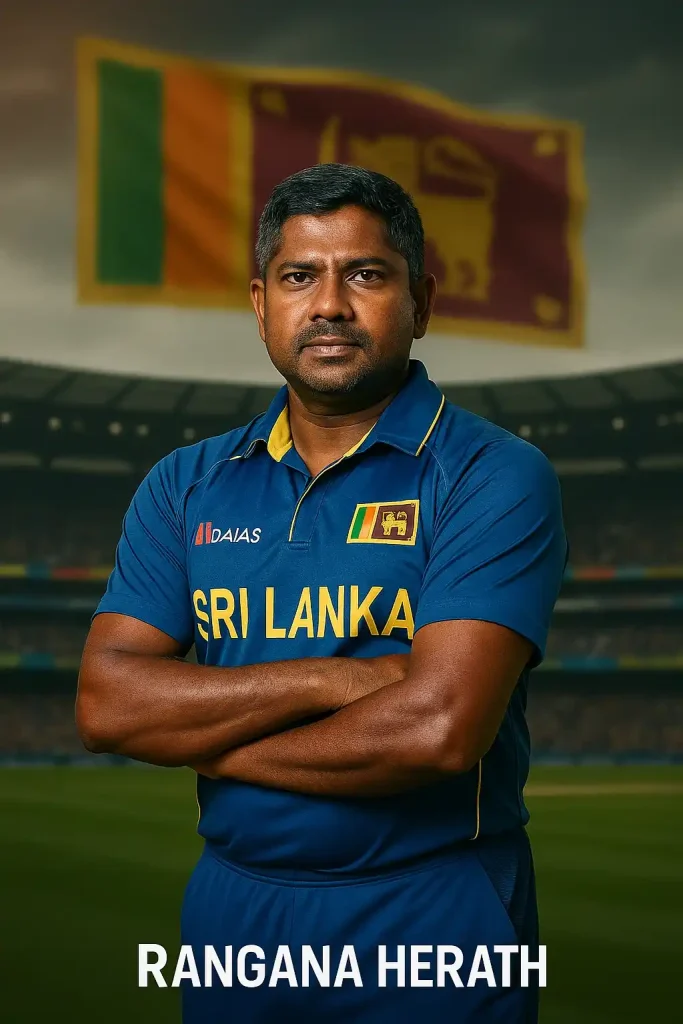
Table 1: All-Time Impact — Left Arm Fast Bowlers in Numbers
| Name | Formats | Wickets | Matches | Career Avg | Defining Trait |
| Wasim Akram | Tests/ODIs | 916 | 460 | 23.6 | Reverse swing genius |
| Mitchell Starc | All formats | 647 | 248 | 25.8 | World Cup match-winner |
| Trent Boult | ODIs/T20Is | 571 | 231 | 26.1 | Powerplay specialist |
| Shaheen Afridi | All formats | 323 | 143 | 24.5 | Left-arm express + bounce |
| Zaheer Khan | Tests/ODIs | 597 | 309 | 29.2 | Master of old-ball craft |
These aren’t just tallies — they’re careers carved with discipline and vision. Wasim didn’t just bowl; he composed spells. Starc brings chaos with new-ball fire. Boult doesn’t just swing it — he attacks intent. Afridi makes stadiums hold their breath in his first over. And Zaheer? He rebuilt Indian fast bowling from raw promise into a credible threat.

Reverse Swing and Left-Handed Alchemy
Here’s where it gets wicked: reverse swing. Left arm fast bowlers, because of their wrist angles and delivery positions, often extract late movement into the pads with devilish precision. It’s harder to spot, harder to adjust to, and lethal when mixed with pace. Wasim Akram’s 1992 World Cup spell is textbook. Zaheer Khan’s mastery during the 2007 England tour — same story. It’s a dying art in white-ball cricket but lives strong in Tests, and lefties often lead that charge.
Even in T20s, when reverse is rare, some left-arm bowlers — like Mustafizur Rahman — still squeeze out late movement using cutters and grip off the surface. It’s not old-fashioned. It’s evolved. Tactical. And still just as deadly.
Table 2: Game-Changing Spells by Left Arm Quickies
| Bowler | Match / Year | Bowling Figures | Match Impact |
| Wasim Akram | WC Final 1992 vs England | 3/49 | Turned the match in a two-over burst |
| Starc | Ashes 2015 at Lord’s | 6/50 | Demolished top order with raw pace |
| Boult | WC 2019 SF vs India | 2/42 | Sent India’s chase into a spiral |
| Afridi | T20 WC 2021 vs India | 3/31 | Dismantled India’s top 3 early |
| Zaheer Khan | 2007 vs England, Trent Bridge | 5/75 | Helped India seal a historic series win |
These aren’t random peak days. These were high-stakes moments where left-armers delivered on demand. Finals. Knockouts. Away tours. The kind of pressure that cooks most — and inspires the elite. Their angle, when paired with clarity and nerve, becomes a weapon of destruction.
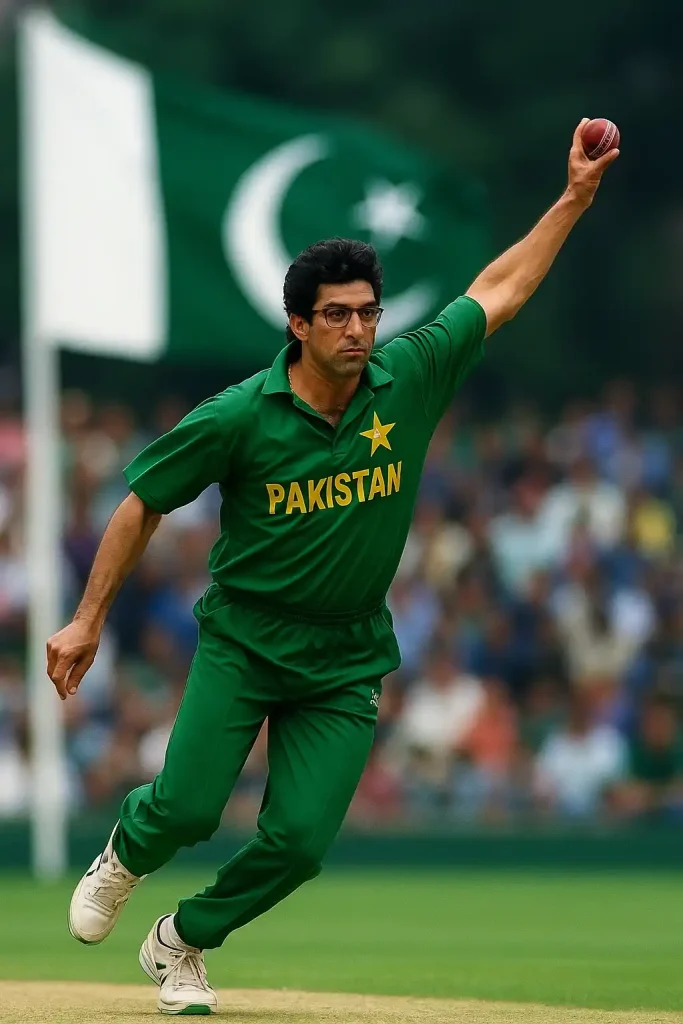
The New Generation: Who’s Building the Legacy Now?
We’re in good hands. Marco Jansen — tall, whippy, already owning middle sessions for South Africa. Arshdeep Singh — developing ball control and death-over smarts in pressure cookers. Luke Wood — raw but potent, giving England an alternative look. They all bring something familiar but add their signature to the left-arm textbook.
And here’s what matters: today’s game is about more than raw talent. It’s about fitness, match awareness, adaptability across formats. The next crop of left-armers doesn’t just bowl fast — they bowl smart. They understand data. They study batters. And they don’t just want to be variety picks. They want to lead attacks.
So if someone still sees left-arm pace as a side-option, they’re missing the point. The point is: a well-bowled left-arm spell isn’t just exciting. It’s a break in the pattern. A tactical advantage. And sometimes, it’s the one thing a team needs to turn a dead match into a masterpiece.

Because when that angle comes from wide of the crease, late swing, toe-targeting… it’s not just a ball. It’s a message. And it hits hard.

Meet Arjun Kushaan, a passionate cricket analyst at The Cricket24x7. From street matches in his childhood to competitive college tournaments, cricket has always been a central part of Arjun’s life. With a strong background in data analysis and a natural affinity for numbers, he brings a fresh, analytical lens to the game. At The Cricket24x7, Arjun blends his deep love for cricket with his data-driven approach to deliver detailed insights and well-rounded coverage for fans of the sport.



